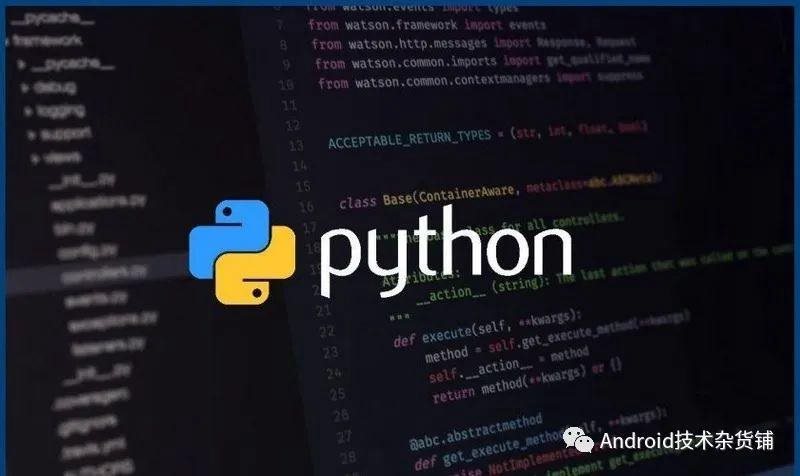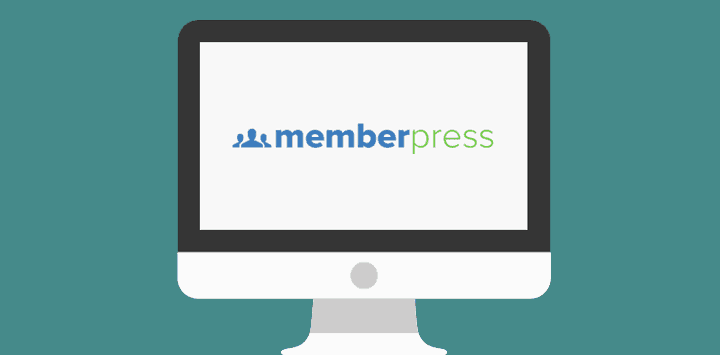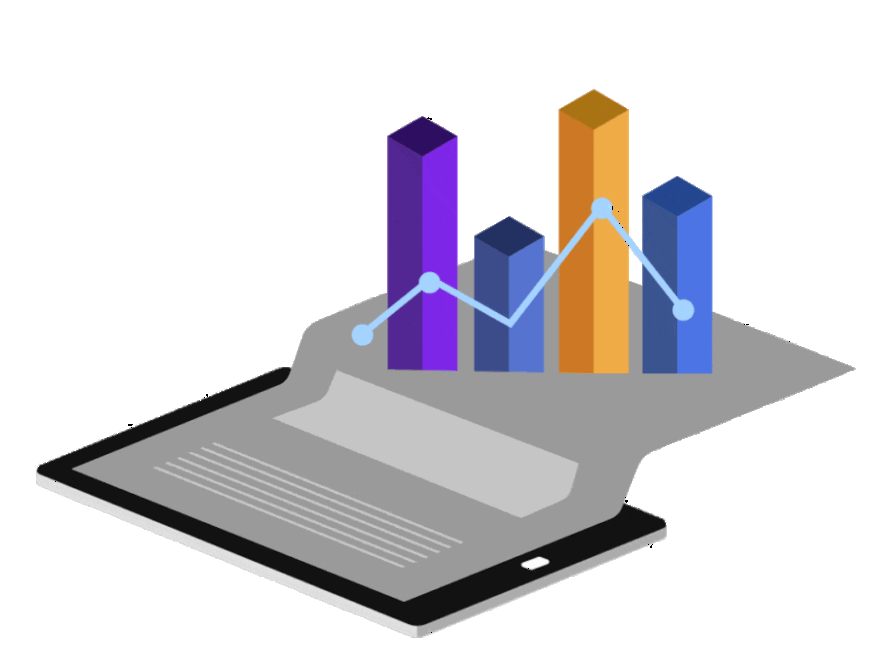Table of Contents
Introduction
Python Frameworks is a powerful and versatile programming language that has seen widespread adoption in recent years. It has become a popular choice for web development due to its simplicity and ease of use. One of the main reasons for its popularity is the vast ecosystem of libraries and frameworks available to developers. These frameworks make it easier to build web applications by providing a structure for your code and handling common tasks for you.
In this guide, we’ll give you a comprehensive overview of some of the most popular Python frameworks and what makes each one unique. Whether you’re a beginner or an experienced developer, this guide will help you choose the right framework for your next project.
Frameworks in python
Django
Django is a high-level Python frameworks for web development. It follows the Model-View-Template (MVT) architectural pattern and provides a full-featured toolset for building web applications. Django is known for its robust security features and scalability, making it a popular choice for large-scale projects.
One of the standout features of Django is its built-in administrative interface, which makes it easy to manage your data and perform common tasks. It also includes an ORM (Object-Relational Mapping) layer, which allows you to interact with databases without having to write raw SQL.
Django’s modular design makes it easy to add new features and extend the functionality of your application. It also includes built-in support for user authentication and authorization, making it a great choice for projects that require user authentication.
Flask
Flask is a micro-framework for Python Frameworks that is designed to be lightweight and flexible. Unlike Django, Flask does not include a lot of built-in functionality, but it provides a simple and straightforward way to build web applications. Flask is a great choice for small projects or for developers who want to have full control over their application’s functionality.
One of the main advantages of Flask is its simplicity. It has a small codebase and is easy to learn, making it a great choice for beginners. Flask also provides a simple way to handle HTTP requests, which makes it easy to build RESTful APIs.
Flask is also highly customizable, making it a good choice for projects with unique requirements. It is often used as the back-end for single-page applications, where the front-end is built in JavaScript.
Pyramid
Pyramid is a flexible and scalable Python frameworks for web development. It provides a wide range of tools and features, making it a great choice for both small and large projects. Pyramid is known for its flexibility and modular design, making it easy to add new features and extend the functionality of your application.
Pyramid includes a variety of features that make it easy to build web applications, including URL routing, templating, and security features. It also provides a simple way to add new functionality, which makes it a good choice for projects with unique requirements.
Pyramid is a good choice for developers who want a flexible framework that can be adapted to fit the needs of their project. It’s also a good choice for developers who want a framework that can scale as their project grows

There are several types of Python Frameworks, including:
- Full-Stack Frameworks: These frameworks provide a complete set of tools and features for building web applications, including a web server, URL routing, templating, and security features. Examples of full-stack frameworks include Django, Pyramid, and TurboGears.
- Micro-Frameworks: These frameworks provide a minimal set of tools for building web applications, often focusing on specific tasks such as handling HTTP requests or building RESTful APIs. Examples of micro-frameworks include Flask and Bottle.
- Asynchronous Frameworks: These frameworks are designed to handle large numbers of concurrent connections and are optimized for real-time applications such as chat apps and online games. Examples of asynchronous frameworks include Tornado and FastAPI.
- High-Performance Frameworks: These frameworks are designed to handle high-traffic web applications and are optimized for performance. Examples of high-performance frameworks include Django Channels and Pyramid Gunicorn.
- Scientific Frameworks: These frameworks are designed for scientific computing and data analysis and provide tools for working with numerical and scientific data. Examples of scientific frameworks include NumPy, SciPy, and Pandas.


